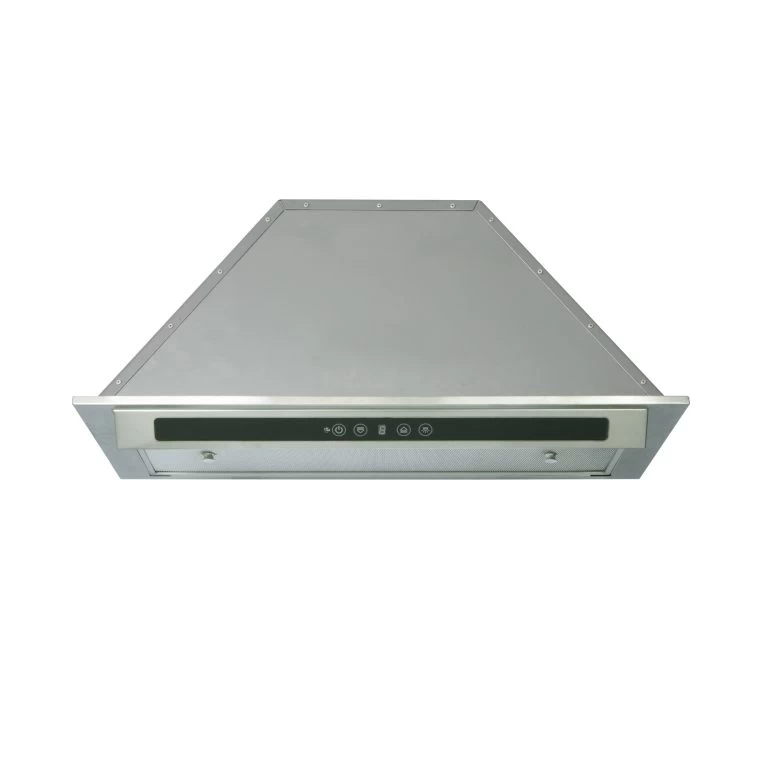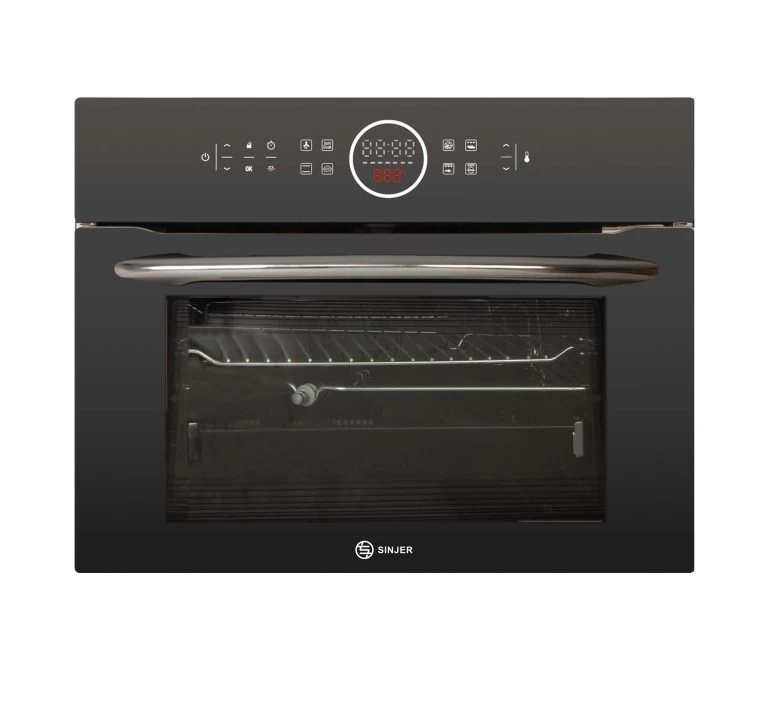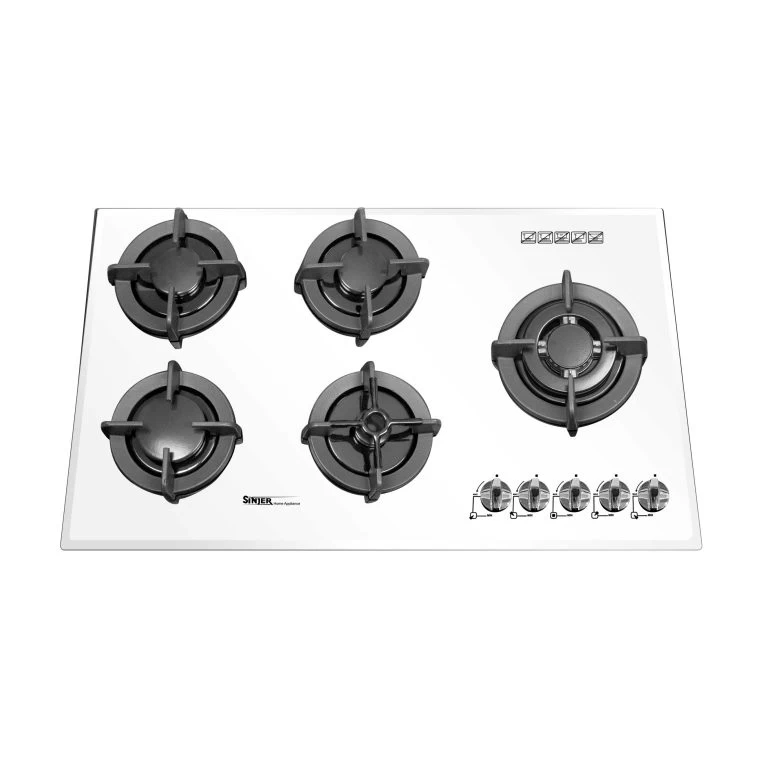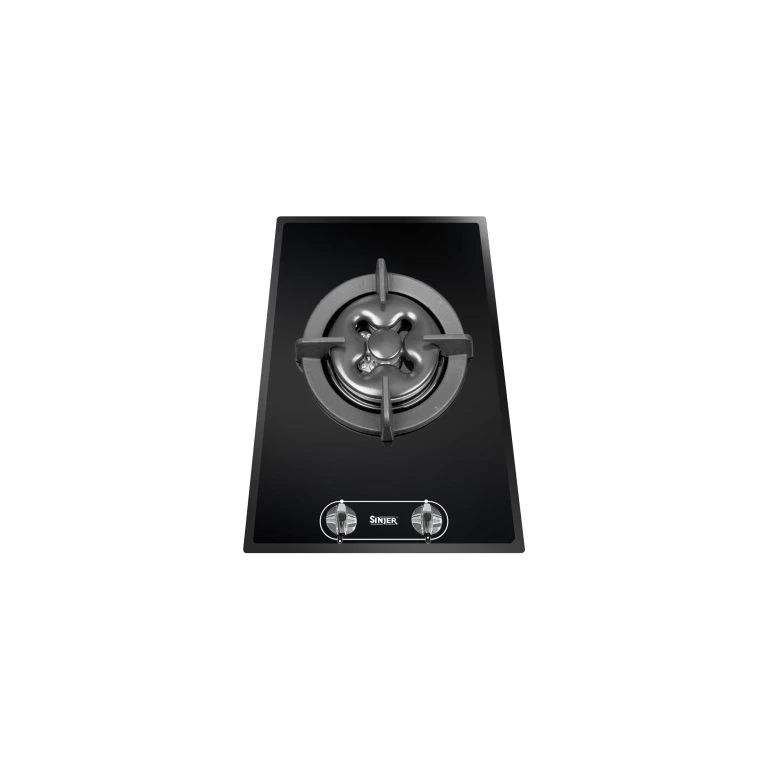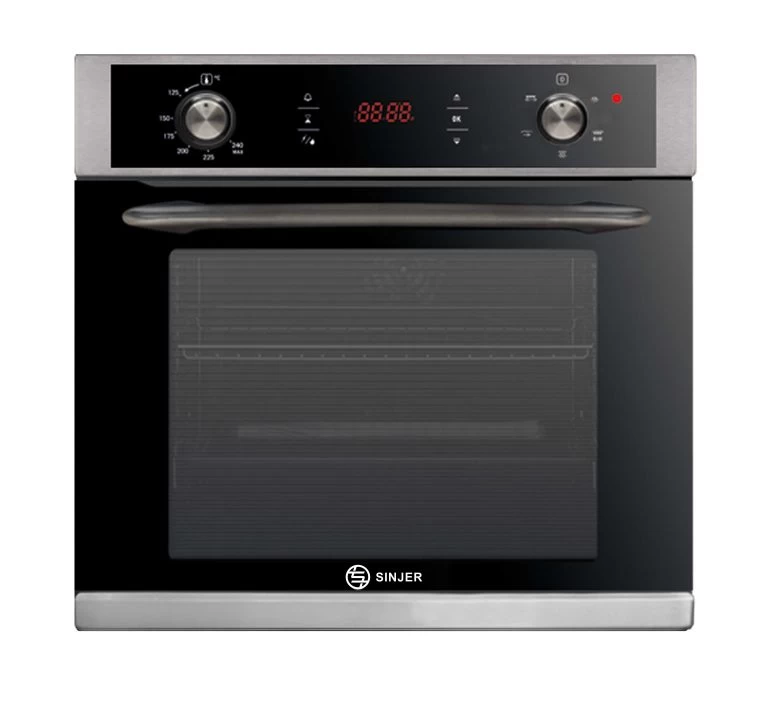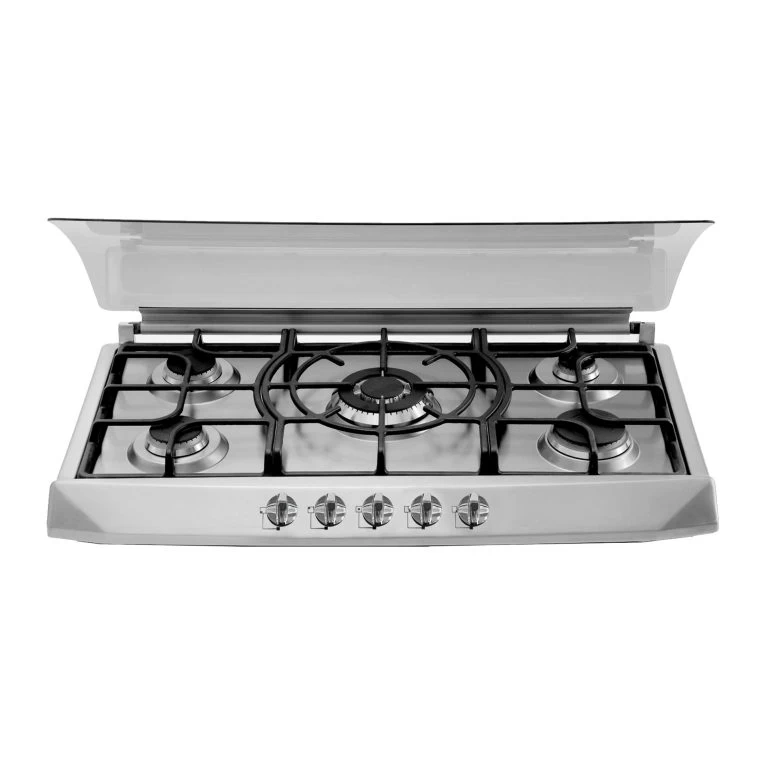Major Kitchen Appliances
Major kitchen appliances are essential components of modern households, designed to streamline and enhance various cooking and food preparation tasks.
These appliances are typically large in size and are built to withstand the demands of daily use. Let's explore some of the most common major kitchen appliances and their functionalities.
1. Refrigerator: The refrigerator is a cornerstone of any kitchen. It is designed to store perishable food items and keep them fresh for an extended period. Modern refrigerators come with various features such as adjustable temperature settings, multiple compartments, ice makers, water dispensers, and advanced cooling technologies.
2. Oven and Range: The oven and range combination provides a versatile cooking solution. The oven is used for baking, broiling, and roasting, while the range consists of burners or cooktops for stovetop cooking. They can be fueled by electricity, gas, or a combination of both. Some advanced models offer features like convection cooking, induction cooktops, and built-in grills.
3. Dishwasher: Dishwashers have become indispensable appliances in many kitchens. They automate the process of washing dishes, utensils, and cookware, making cleanup a breeze. Dishwashers use water jets, detergents, and heat to effectively clean and sanitize the items. They save time, conserve water, and promote efficient kitchen management.
4. Microwave Oven: Microwaves have revolutionized the way we heat and cook food. They utilize electromagnetic waves to generate heat, quickly and efficiently reheating leftovers, defrosting frozen food, and even cooking simple meals. Microwaves come with various power levels, cooking presets, and additional features like grilling and convection capabilities.
5. Cooktops: Cooktops are standalone appliances that provide a dedicated cooking surface. They can be gas-powered, electric, or induction-based. Gas cooktops offer precise temperature control, while electric cooktops are known for their smooth surfaces and easy cleaning. Induction cooktops use magnetic fields to heat the cookware directly, offering rapid and energy-efficient cooking.
6. Range Hoods: Range hoods are installed above cooktops or ranges to remove smoke, odors, grease, and airborne particles from the kitchen. They feature fans and filters to extract and filter out the pollutants, keeping the kitchen air clean and fresh. Range hoods also provide additional lighting to illuminate the cooking area.
7. Freezer: Freezers are used for long-term storage of frozen food items. They operate at lower temperatures than refrigerators, allowing food to be preserved for an extended period. Freezers come in various forms, including standalone units, freezer compartments within refrigerators, and chest freezers with ample storage capacity.

Modern major kitchen appliances often come equipped with smart features that leverage technology and connectivity to enhance convenience and efficiency.
Here are some examples of smart features found in these appliances:
1. Wi-Fi Connectivity: Many appliances now offer Wi-Fi connectivity, allowing you to control and monitor them remotely through smartphone apps. You can adjust settings, receive notifications, and even receive alerts when maintenance or repairs are required.
2. Voice Control: Appliances integrated with voice assistants like Amazon Alexa or Google Assistant enable hands-free operation. You can control functions, set timers, adjust settings, and even ask for recipe recommendations using voice commands.
3. Advanced Touchscreen Displays: Instead of traditional knobs or buttons, some appliances feature sleek touchscreen displays. These displays provide intuitive interfaces with access to various settings, cooking modes, recipes, and other relevant information.
4. Energy Monitoring: Smart appliances often include energy monitoring features, providing real-time data on energy consumption. This information helps you optimize energy usage and make informed decisions to reduce your carbon footprint and utility bills.
5. Recipe Integration: Appliances with recipe integration allow you to access a vast library of recipes directly from the appliance's control panel or companion app. You can follow step-by-step instructions, adjust cooking settings automatically, and even receive alerts when it's time to perform specific actions.
6. Adaptive Cooking: Some appliances utilize advanced sensors and algorithms to adapt cooking settings based on the food's weight, moisture levels, or even internal temperature. This feature ensures precise and consistent results, eliminating the need for manual adjustments.
7. Remote Diagnostics and Troubleshooting: Smart appliances can perform self-diagnosis and troubleshooting, detecting and alerting you to potential issues. In some cases, they can even communicate directly with customer service or technicians, expediting the resolution process.
8. Energy-Saving Modes: Smart appliances often come with energy-saving modes that optimize their operation to reduce energy consumption during idle periods or low-demand times. These modes help conserve energy without compromising performance.
These smart features not only add convenience and flexibility to your kitchen routine but also contribute to energy efficiency, better performance, and a more connected and streamlined culinary environment.
These major kitchen appliances have become integral parts of modern culinary practices, making cooking and food storage more convenient, efficient, and enjoyable. With advancing technology, these appliances continue to evolve, offering improved functionality, energy efficiency, and smart features that cater to the diverse needs of today's homeowners.
When it comes to trading, packing, and exporting kitchen appliances, there are specific rules and guidelines that need to be followed to ensure smooth transactions and compliance with international regulations.

Let's explore some of the key aspects related to trading rules, packing lists, and exporting rules of kitchen appliances.
1. Market Research: Before engaging in the trade of kitchen appliances, it is essential to conduct thorough market research to identify potential buyers, understand market demand, and assess competition. This research helps in determining pricing, product specifications, and target markets.
2. Compliance with Regulations: It is crucial to ensure that the kitchen appliances being traded comply with the applicable safety, quality, and labeling regulations of the target market. International standards such as ISO and regional regulations must be adhered to, including electrical safety standards, energy efficiency requirements, and product certifications.
1. Proper Packaging: Kitchen appliances should be packed securely to protect them from damage during transportation. Use appropriate packaging materials such as foam, bubble wrap, or packing peanuts to provide cushioning and prevent movement. Ensure the packaging is sturdy enough to withstand handling and stacking.
2. Labelling and Marking: Each package should be clearly labeled with essential information such as the product name, model number, quantity, handling instructions, and any necessary warning labels. Additionally, include the package's dimensions, weight, and the name and address of the exporter and importer.
Exporting Rules:
1. Customs Compliance: Comply with the export regulations and customs requirements of both the exporting country and the destination country. This includes obtaining the necessary export licenses, submitting accurate customs declarations, and providing any additional documentation or information required.
2. Shipping and Logistics: Select a reliable freight forwarder or shipping agent experienced in handling international shipments of kitchen appliances. Coordinate with them to ensure proper transportation, insurance coverage, and timely delivery to the destination. Consider factors such as shipping method (air, sea, or land), transit times, and customs clearance procedures.
3. Incoterms: Agree upon the appropriate Incoterms with the buyer, which define the respective responsibilities and costs associated with transportation, insurance, and customs clearance. Common Incoterms used in international trade include EXW (Ex Works), FOB (Free on Board), and CIF (Cost, Insurance, and Freight).
It is important to note that the specific trading rules, packing requirements, and exporting regulations may vary depending on the countries involved, the type of kitchen appliances, and other factors.


1. Market Research: Before engaging in the trade of kitchen appliances, it is essential to conduct thorough market research to identify potential buyers, understand market demand, and assess competition. This research helps in determining pricing, product specifications, and target markets.
1. Proper Packaging: Kitchen appliances should be packed securely to protect them from damage during transportation. Use appropriate packaging materials such as foam, bubble wrap, or packing peanuts to provide cushioning and prevent movement. Ensure the packaging is sturdy enough to withstand handling and stacking.
Exporting Rules:
1. Customs Compliance: Comply with the export regulations and customs requirements of both the exporting country and the destination country. This includes obtaining the necessary export licenses, submitting accurate customs declarations, and providing any additional documentation or information required.
It is important to note that the specific trading rules, packing requirements, and exporting regulations may vary depending on the countries involved, the type of kitchen appliances, and other factors.
FAQs
What are the key factors to consider when choosing kitchen appliances for your home?
Functionality, size, energy efficiency, and budget.
How can smart features in kitchen appliances enhance convenience and efficiency in the cooking process?
Smart features in kitchen appliances offer remote control, voice commands, and automation, simplifying tasks, and optimizing performance.
What are some energy-saving tips and features to look for when selecting kitchen appliances?
Look for energy-efficient certifications (e.g., Energy Star), choose appliances with adjustable settings, and consider features like energy-saving modes and LED lighting.
What are the essential maintenance and care practices to prolong the lifespan of kitchen appliances?
Clean regularly, follow manufacturer's instructions, perform routine maintenance tasks, and address repairs promptly.
 +7929688-88-14
+7929688-88-14

 English
English
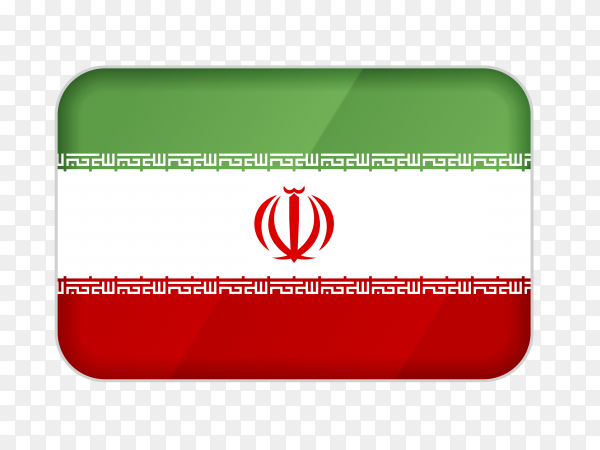 Persian
Persian
 Russian
Russian
 Chinese
Chinese


 +7929688-88-14
+7929688-88-14

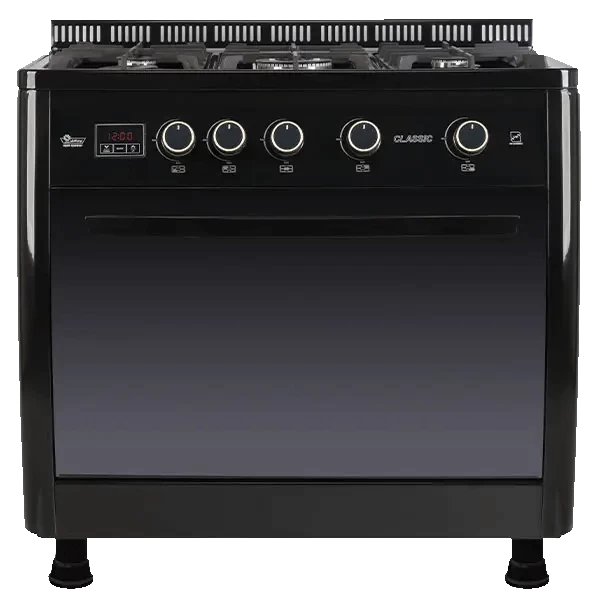

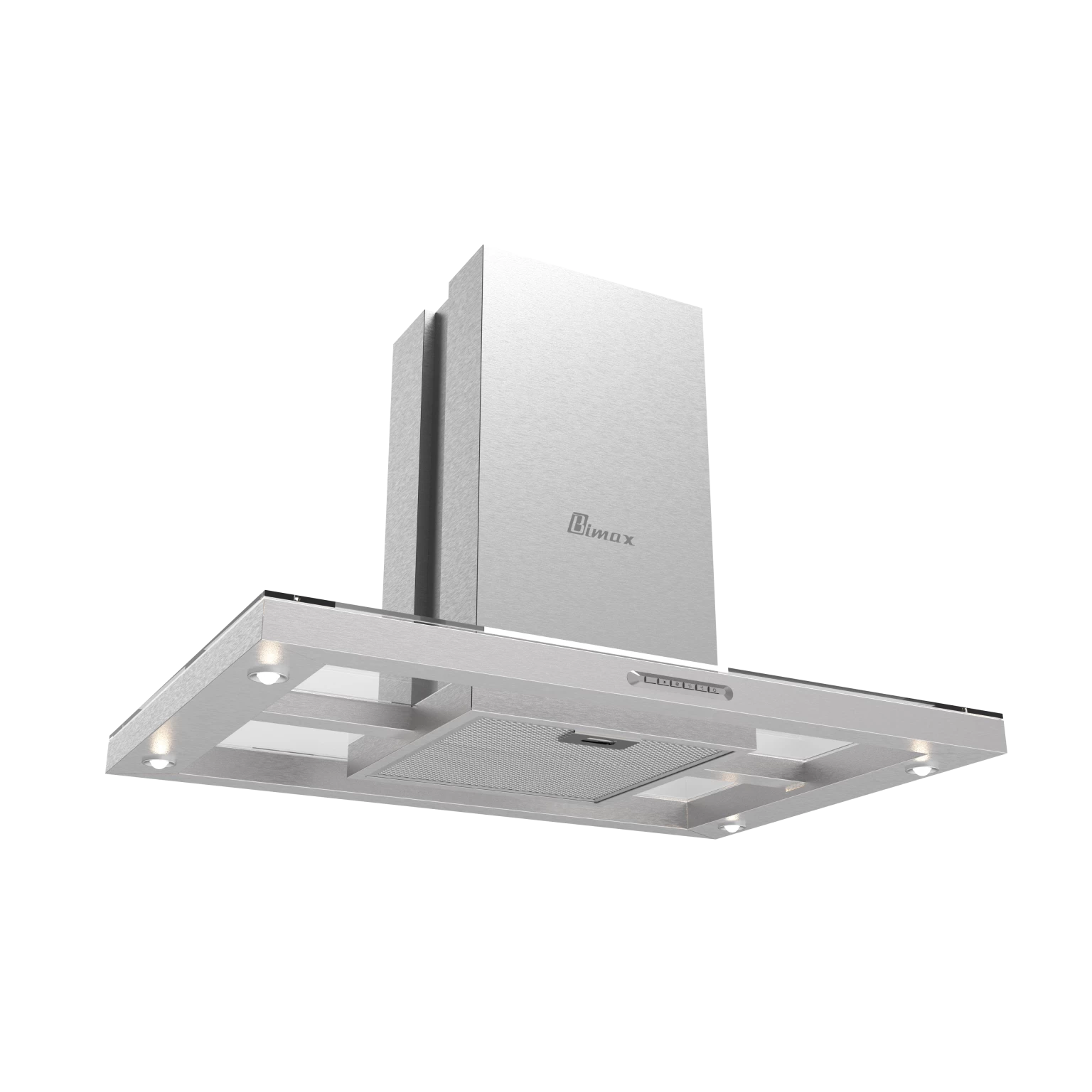
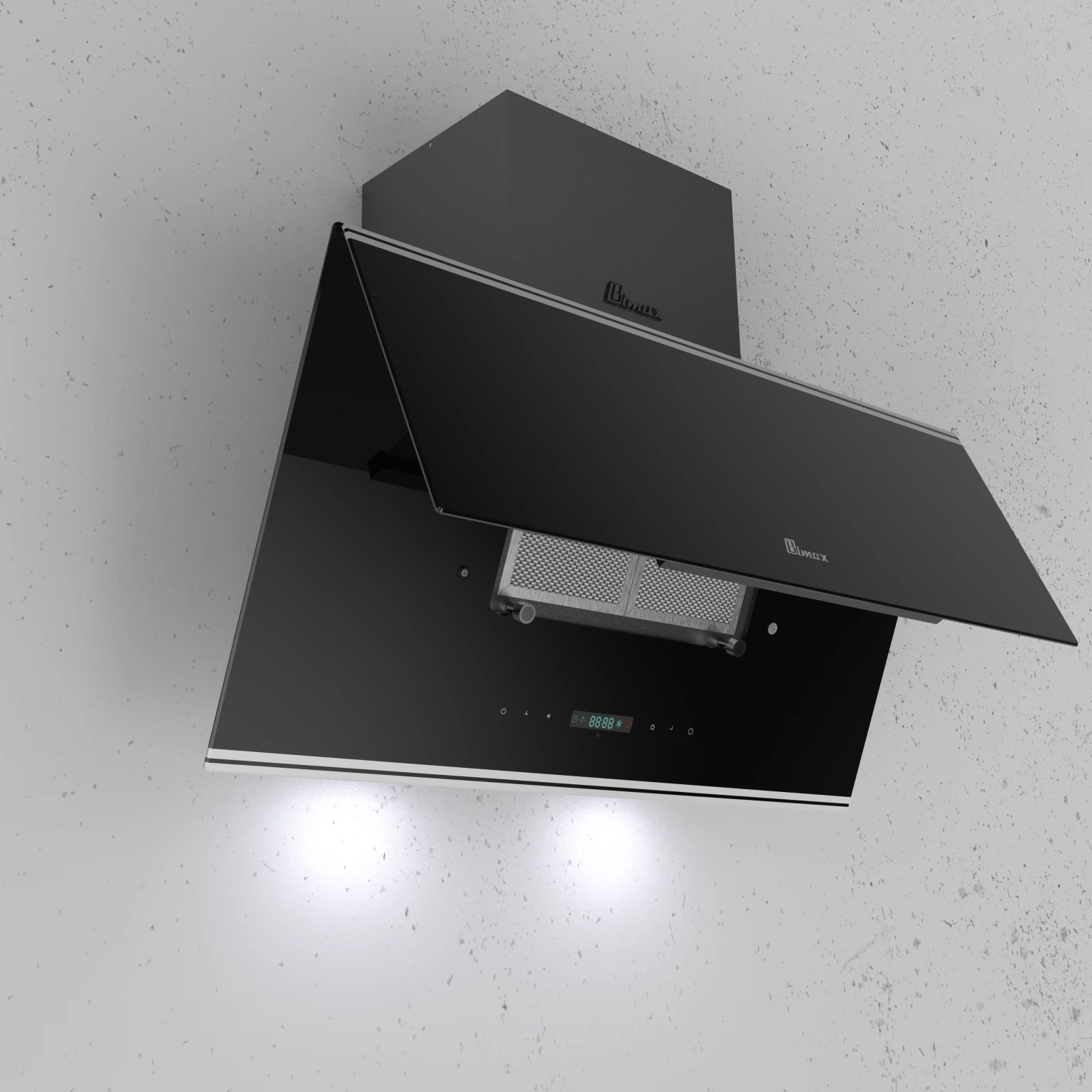

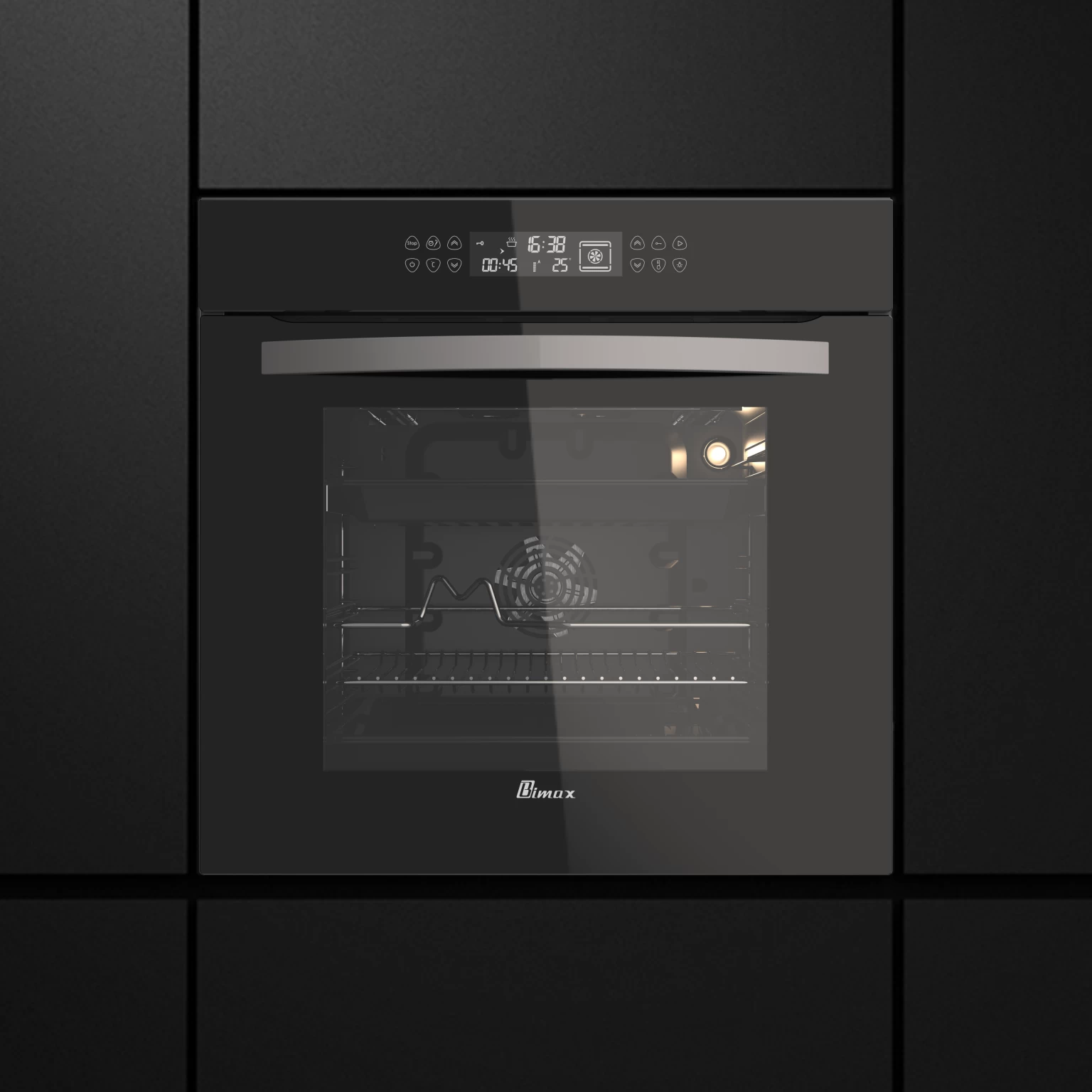
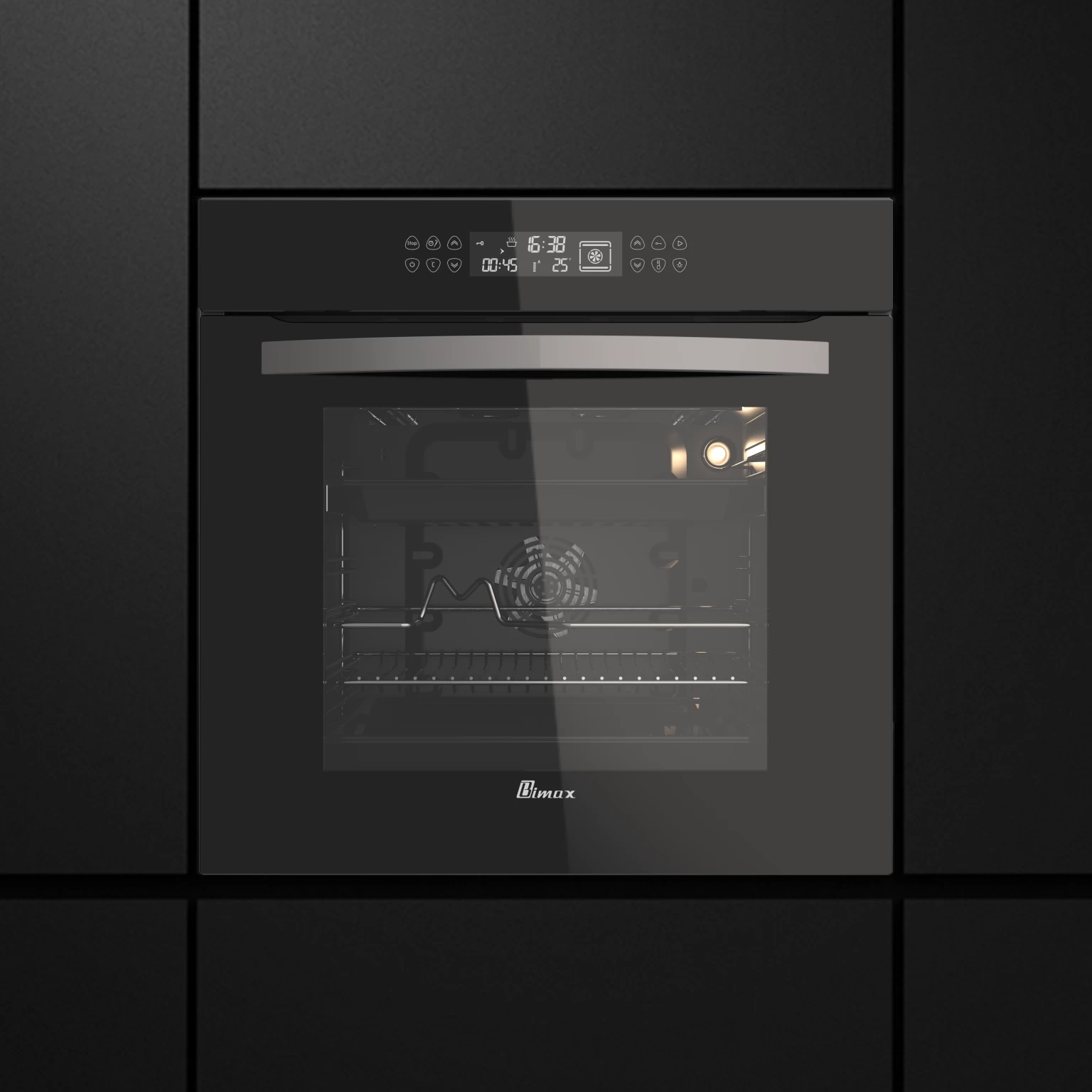
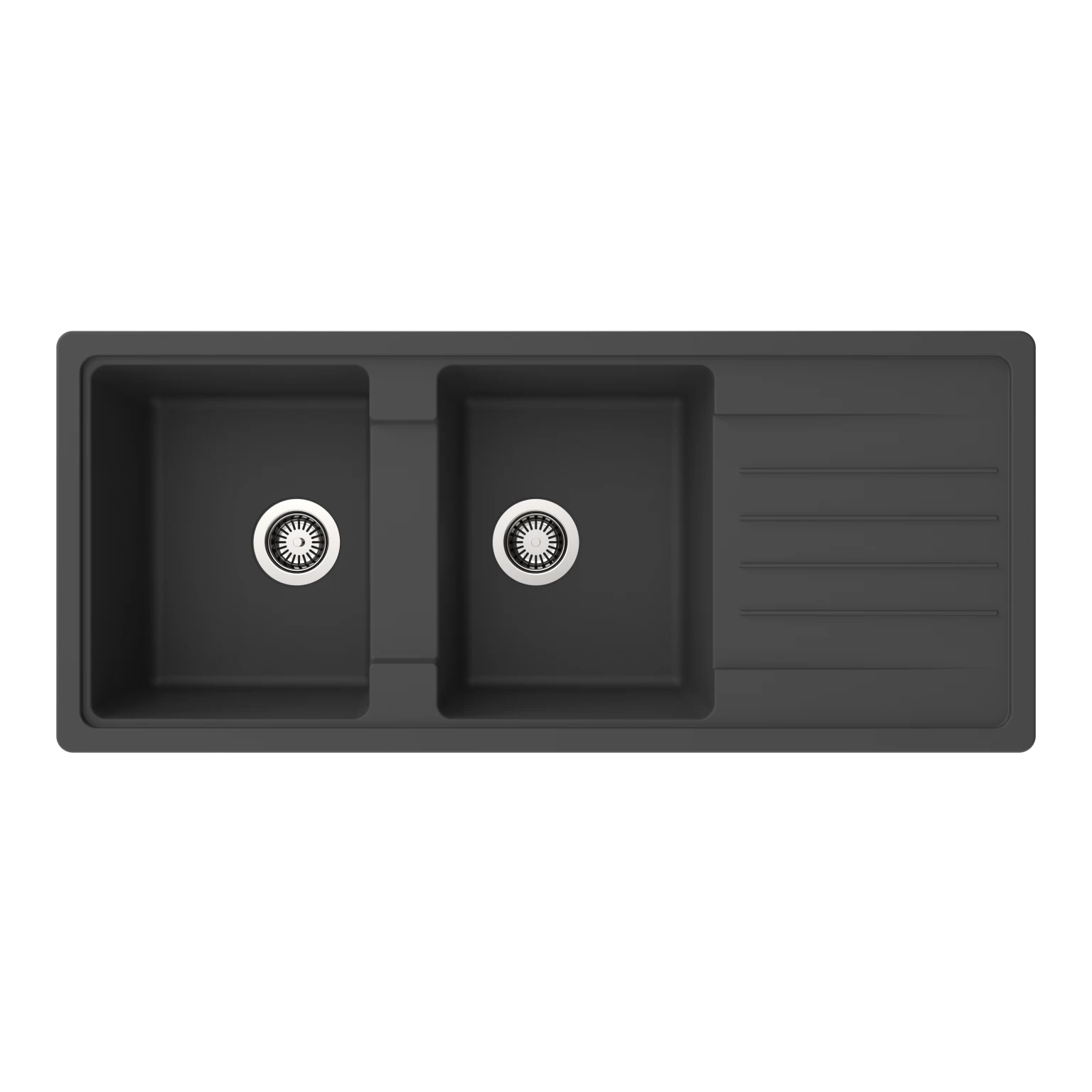
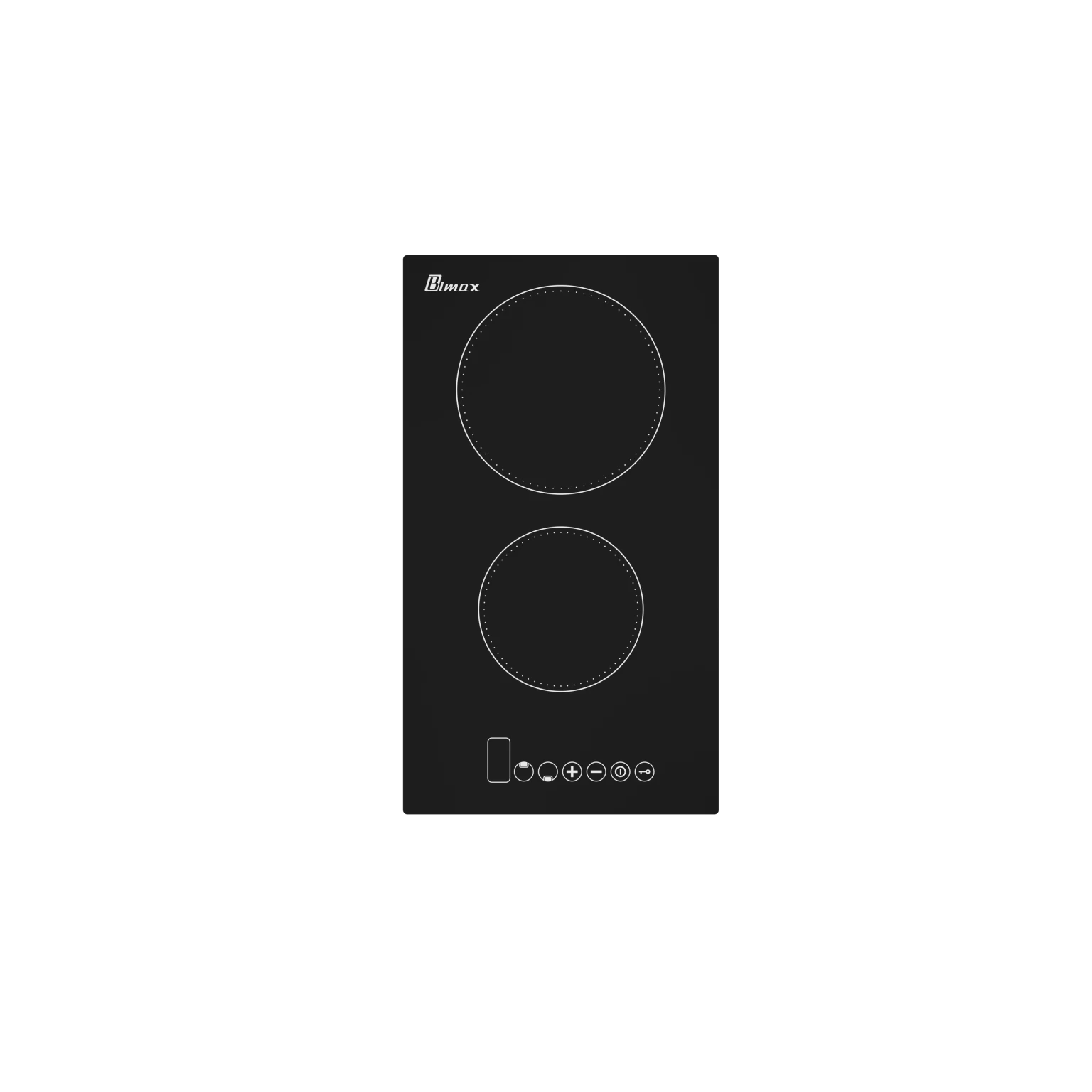
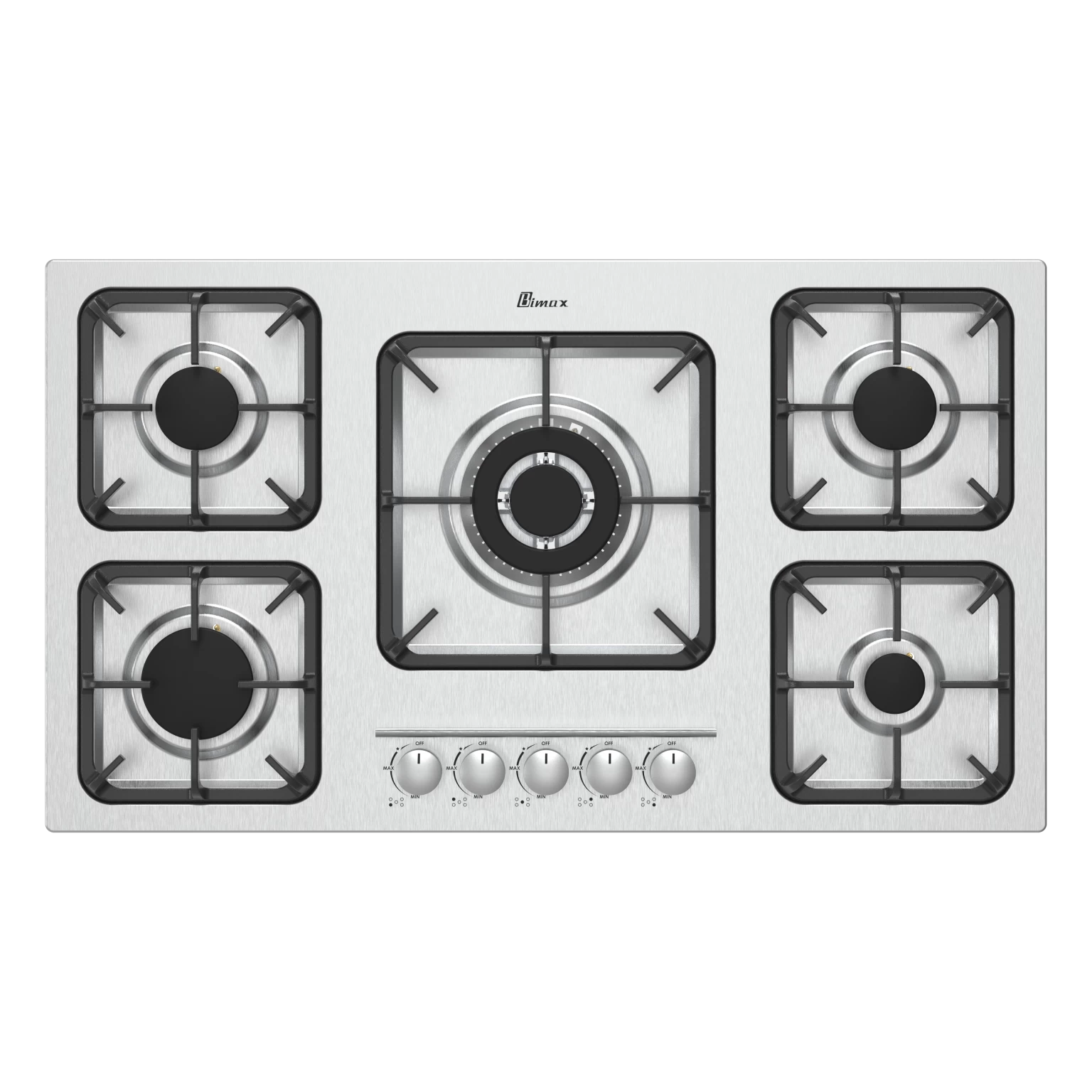
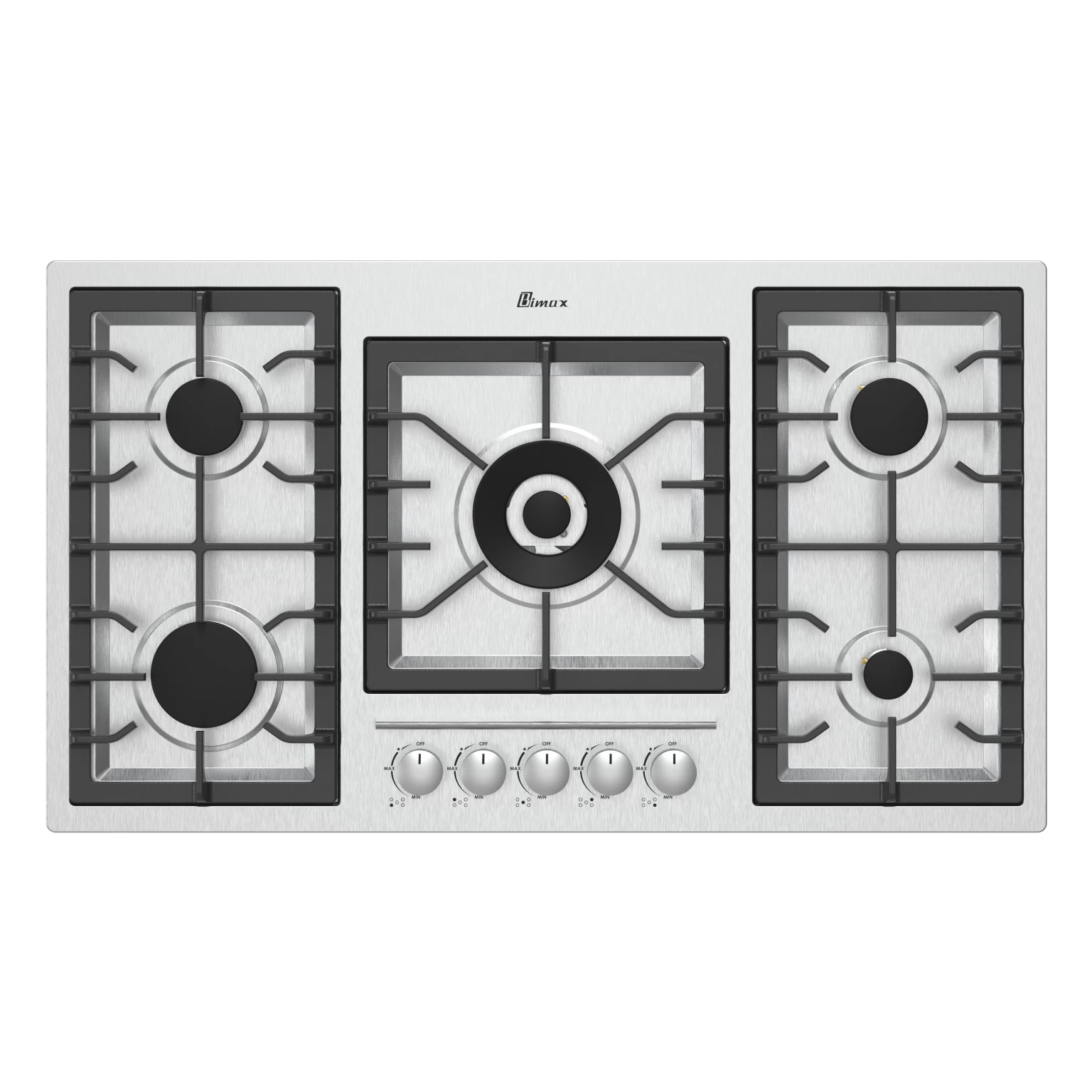
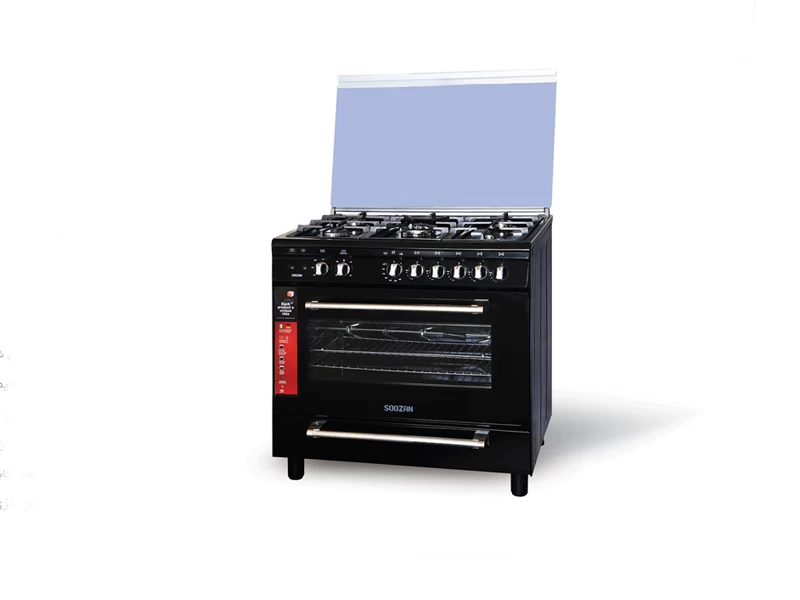
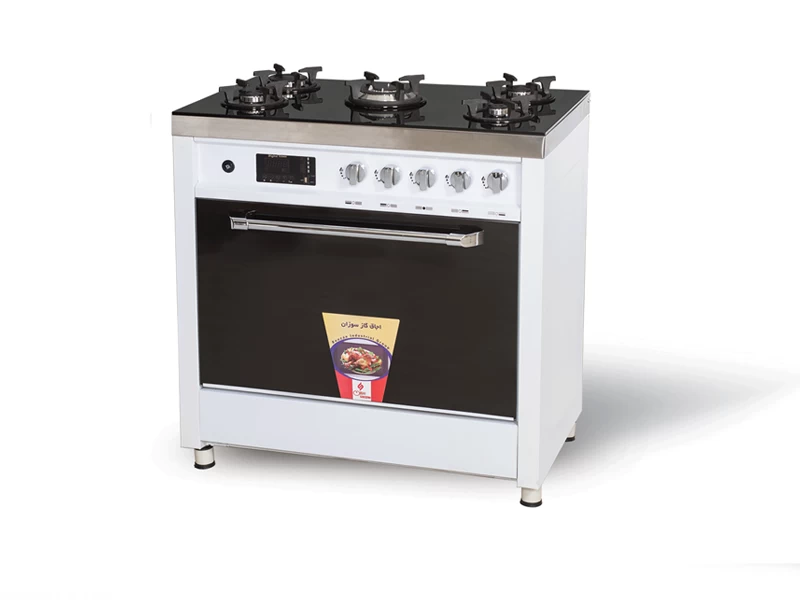
.webp)
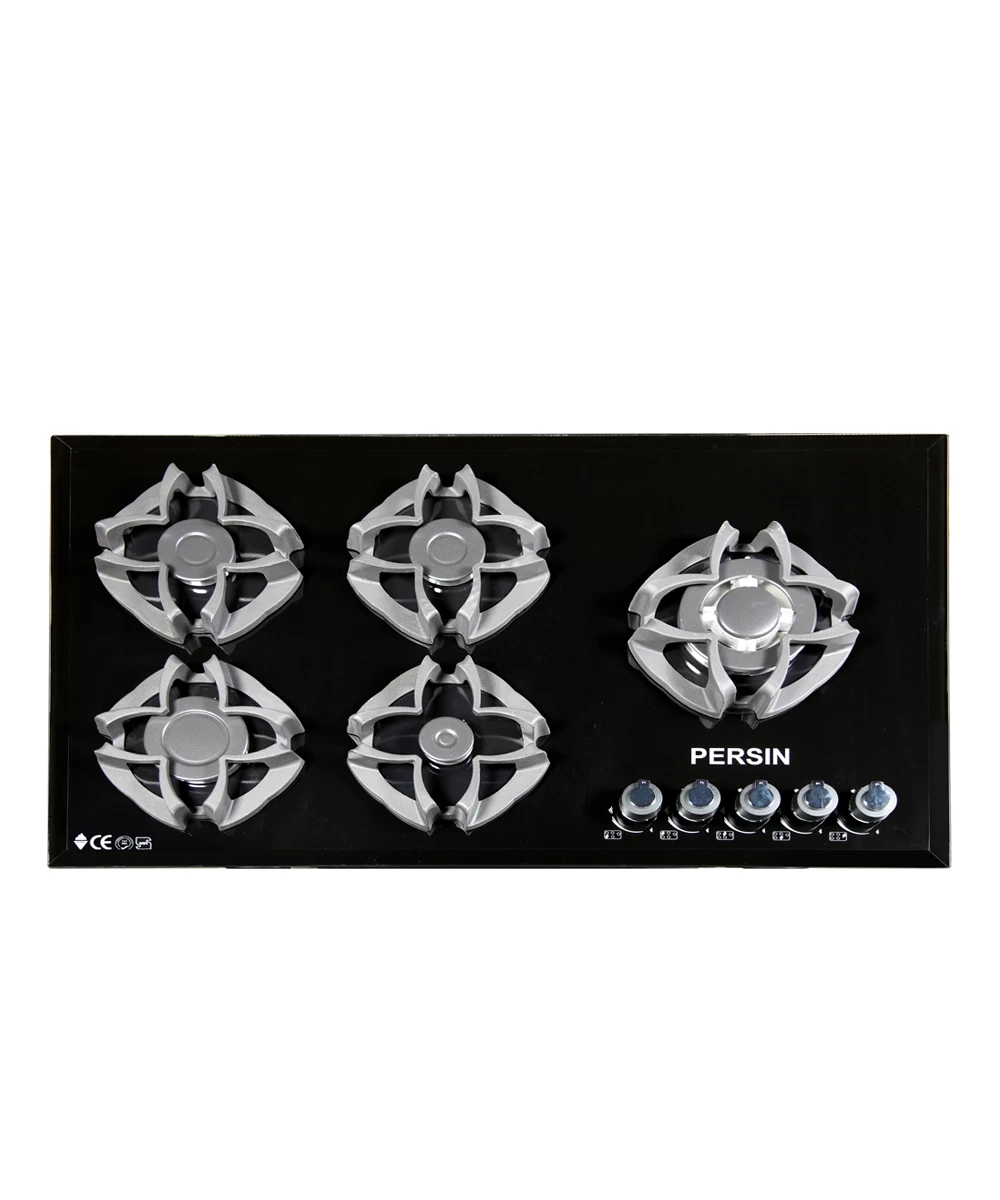
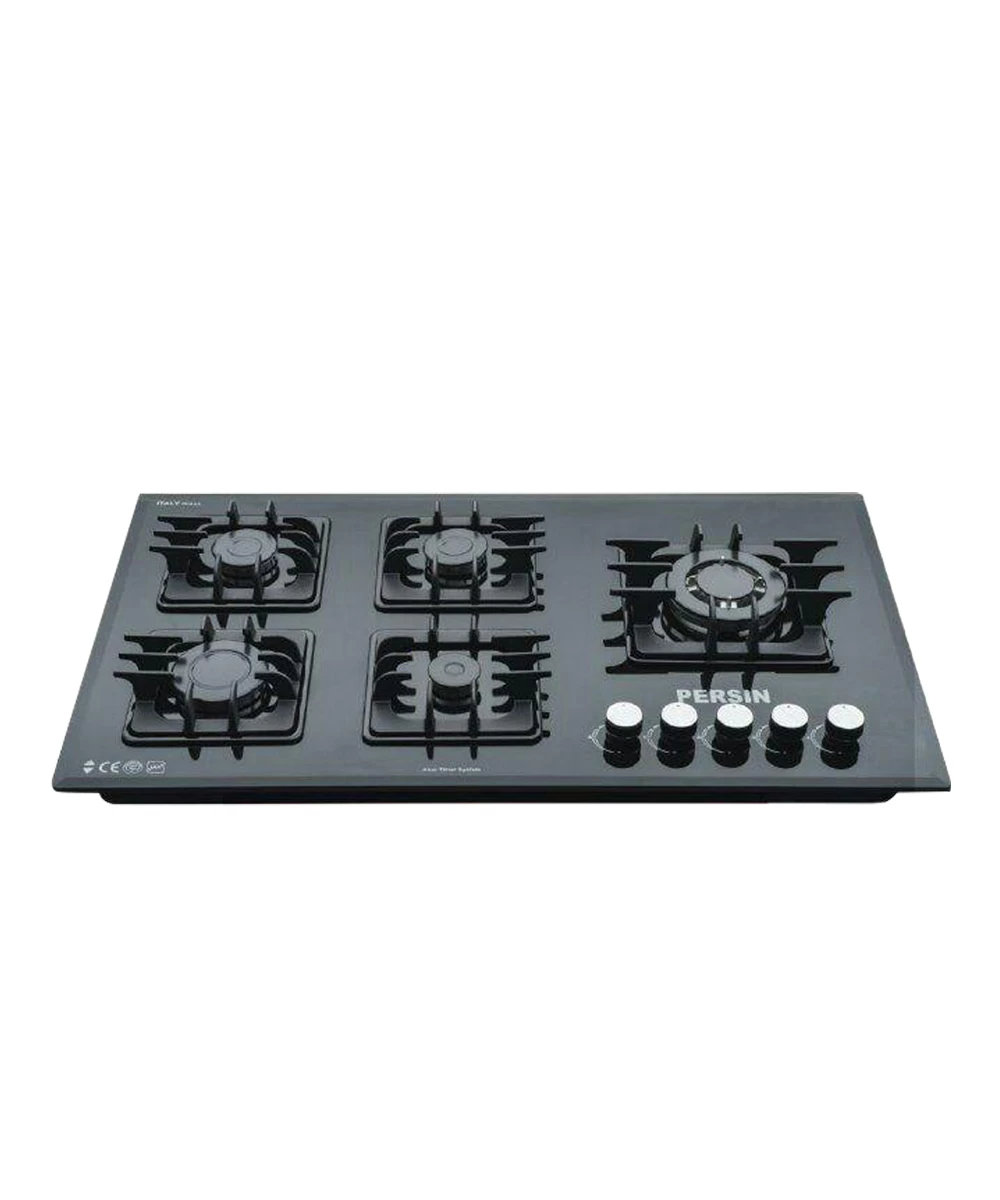
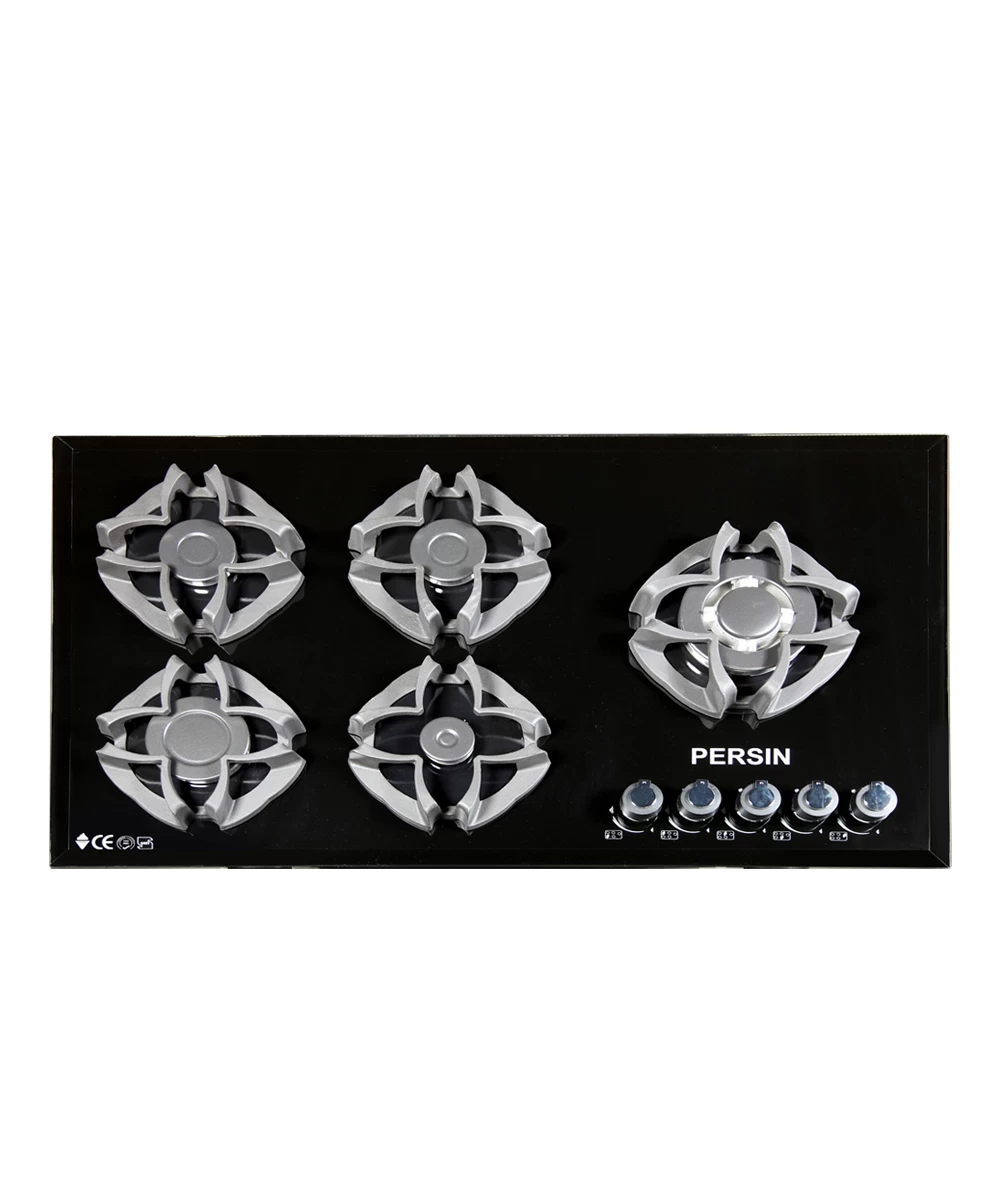
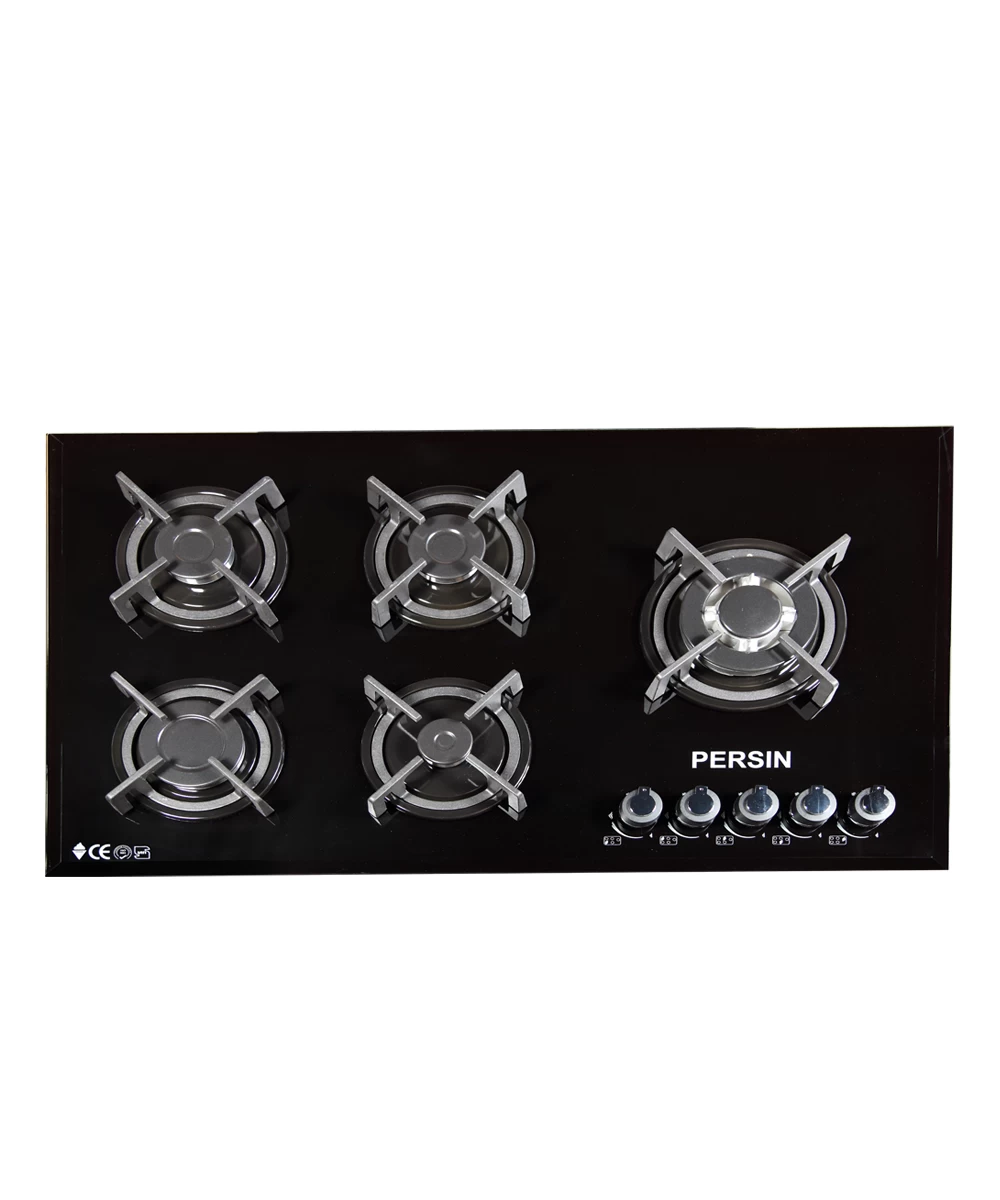
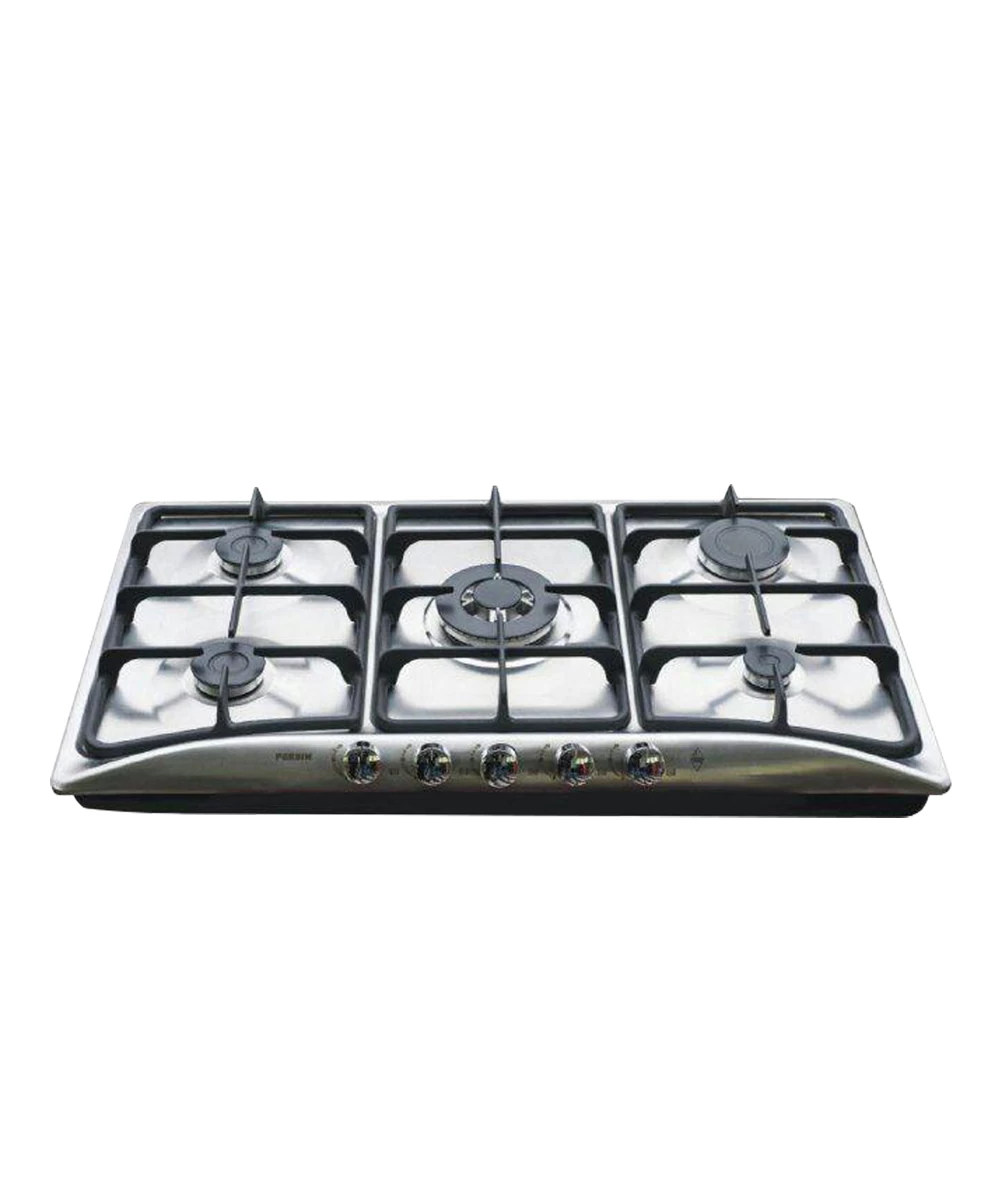
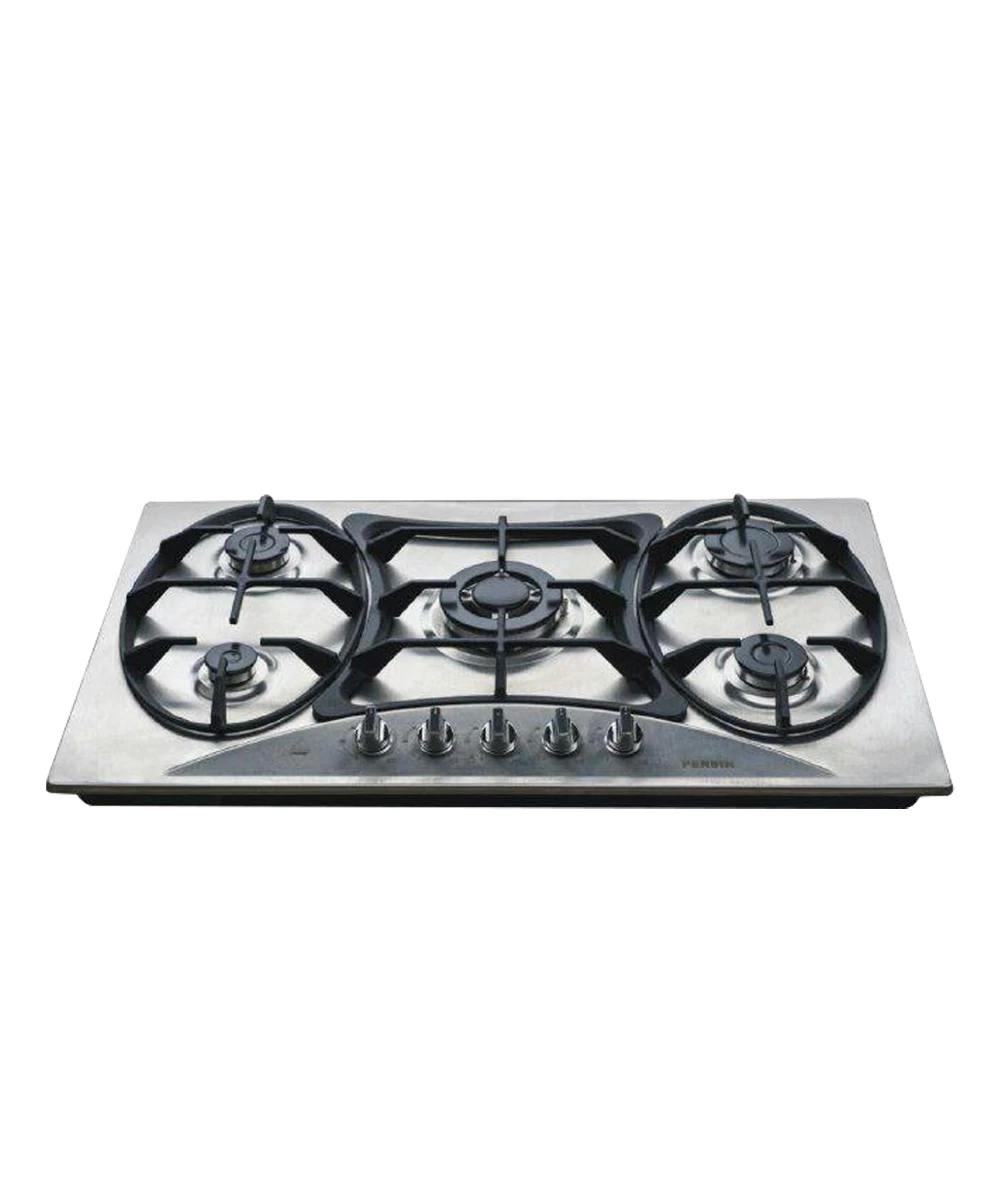
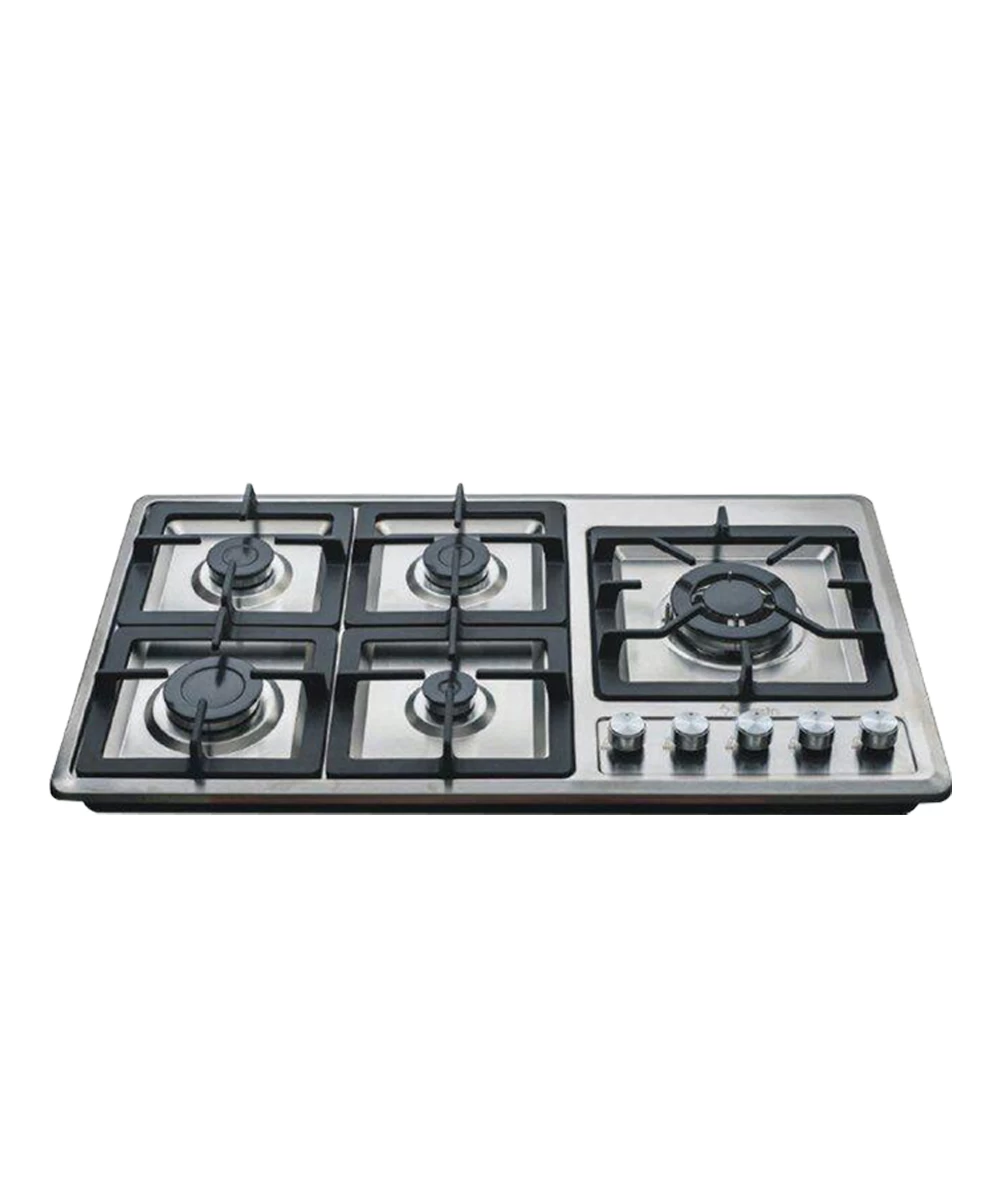
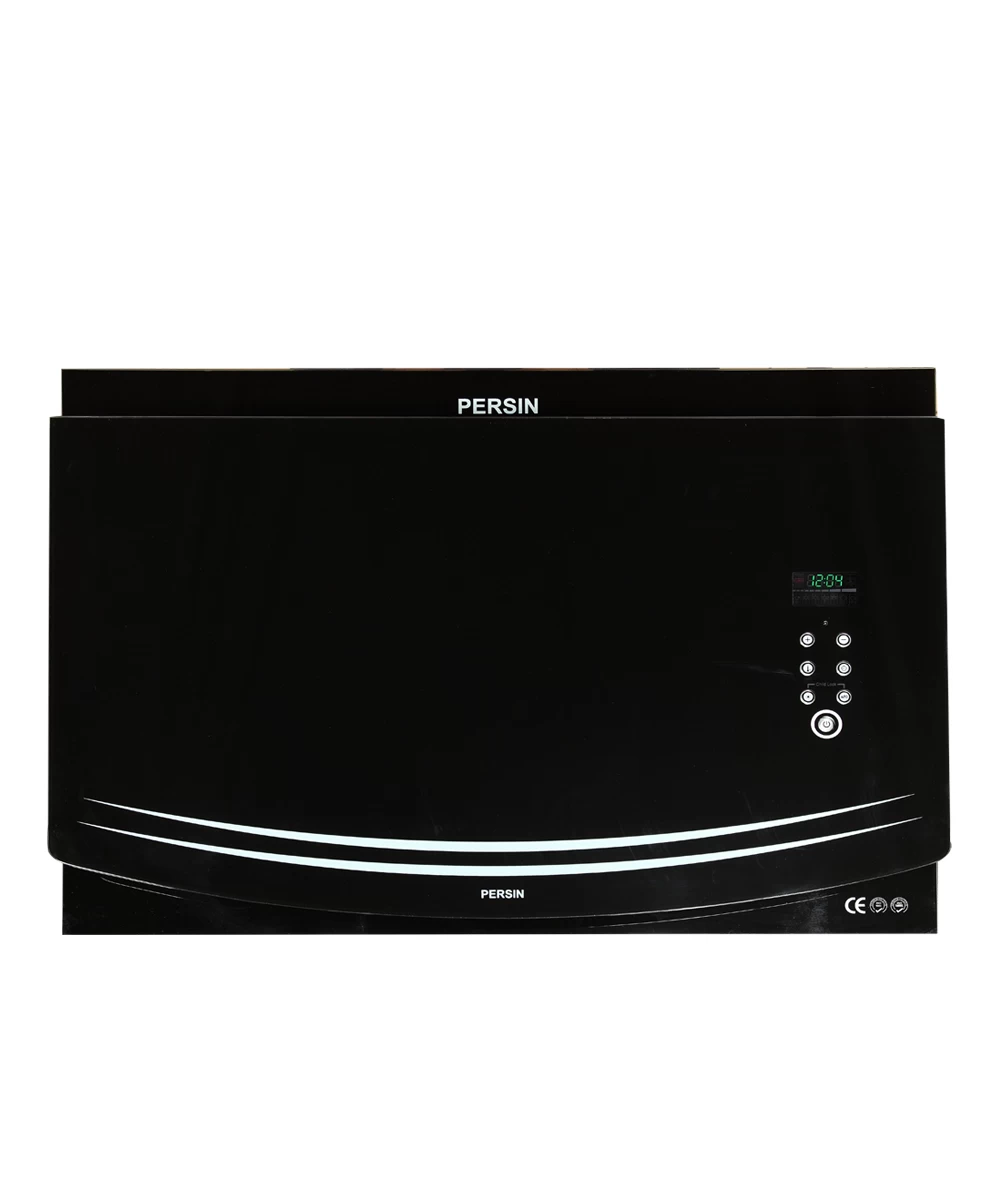
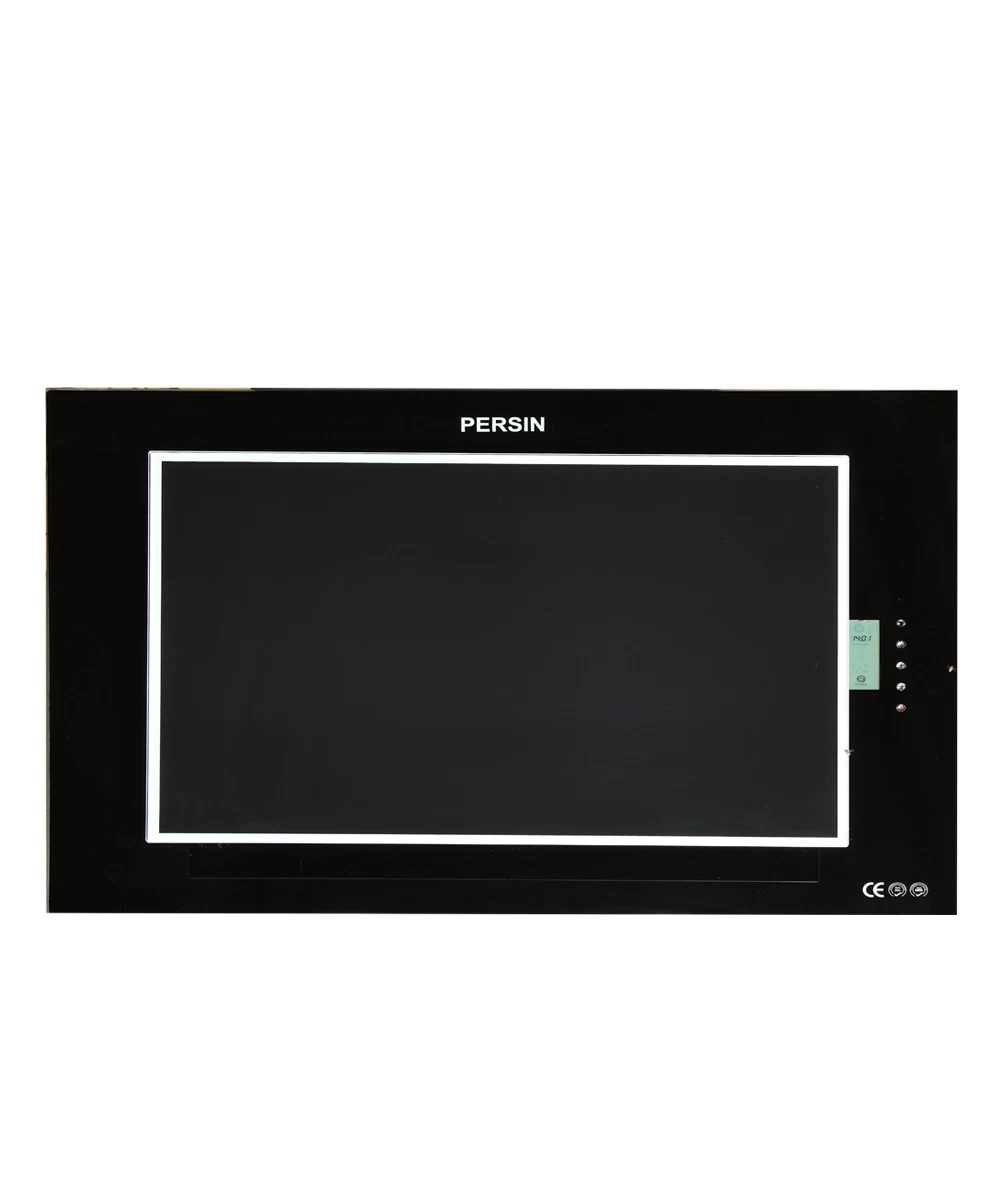
.webp)

